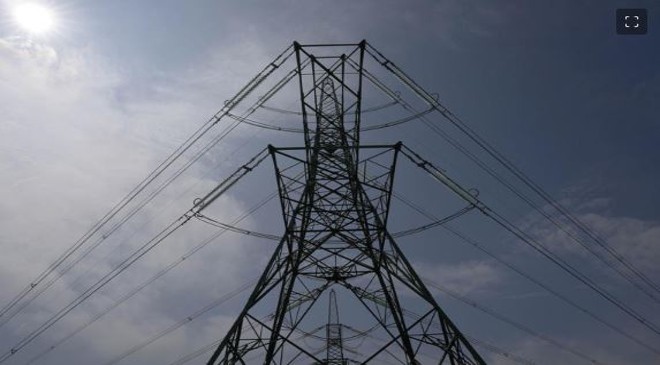Restringing existing electric power infrastructure with more powerful lines could double transmission capacity on many long-distance conduction lines while saving money and cutting through bureaucratic red tape, according to a new study. The approach could also reduce costs for consumers but has been largely ignored in the United States until now.
If we’re going to run modern societies on clean electricity rather than burning fossil fuels, we’re going to need a much more robust electric grid. But building new power lines is costly and involves time-consuming processes to acquire new land, rights-of-way, and other permits.
Also Read– My husband’s pension was $8,000 a month. As his survivor, I only get $1,800. Can I fight this?
As a result, “Grids are increasingly becoming the bottleneck of the energy transition,” researchers write in a paper published in the journal Proceedings of the National Academy of Sciences of the USA.
Enter “reconductoring” – replacing existing steel-cored power lines with so-called advanced conductors, which have a composite core and can carry approximately twice as much power at a given diameter compared to conventional lines.
Belgium and the Netherlands plan to reconductor most of their high-voltage transmission lines by 2035, and India has also embraced the reconductoring strategy. But until now, the approach has been mostly overlooked in the United States, and “no study has investigated the transmission capacity expansion potential of reconductoring at scale,” the researchers write.
Also Read– Inflation numbers are in and this is how much Social Security is going up in 2025
In the new study, the team first estimated how much it would cost to reconductor all 53,000 transmission lines in the United States, and calculated the increase in transmission capacity that would result. Then, they plugged these estimates into an existing model of the U.S. electric grid to find out how reconductoring stacks up against other options for increasing electric transmission capacity.
Reconductoring could provide 80% of the transmission capacity increases needed to achieve 90% clean energy generation by 2035, the researchers report. Advanced conductors are two to four times more expensive per foot than conventional steel-core lines, but savings on land, rights of way, building new transmission towers, and so on mean that the total cost of reconductoring per foot is about half that of building new power lines.
Also Read– Can I Draw Social Security at 62 and Still Work Full Time?
The model revealed that reconductoring is a better strategy than building new lines about two-thirds of the time based on cost alone. When the sluggish timelines of new electricity transmission projects are factored in, reconductoring looks even better, “enabling nearly four times as much new interzonal transmission capacity to be added by 2035 at only slightly higher total investment cost compared to the case with only new-build,” the researchers write.
Reconductoring could also help the grid more easily incorporate high-quality, low-cost sources of renewable energy. Overall, the approach would save $180 billion in generation and transmission costs by 2050 compared to the conventional approach of building new power lines only, thus increasing affordable access to renewable energy for consumers.
However, given the relatively low uptake so far, federal and other government policies will probably be necessary to increase the rollout of reconductoring in the United States, the researchers say.





































